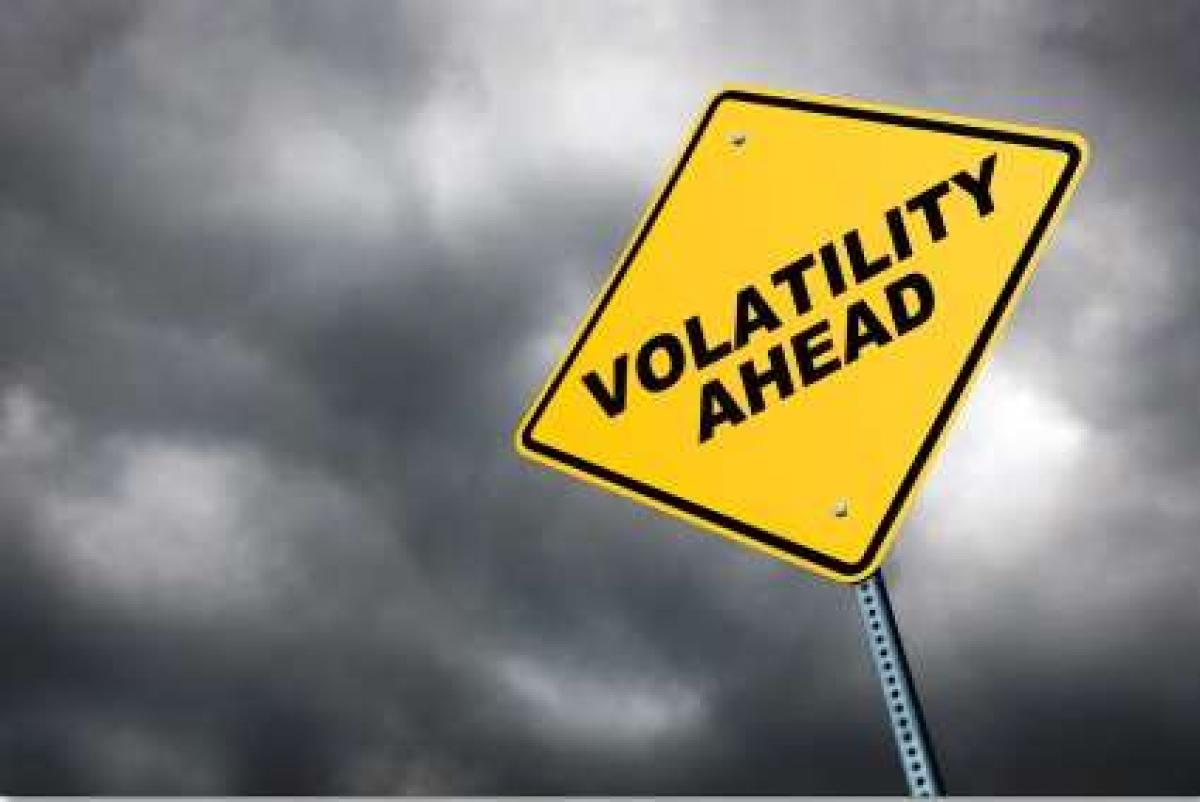Last year, two scholars writing in the Journal of Alternative Investments looked at the volatility spillover effects in the Chinese stock index futures and spot markets. The question for them was whether there is spillover from spot markets into futures markets and back. I propose to give you their answer, but only after a detour to two other countries, both to the west and the east of China.
Commodities in India
The matter of spot/futures spillovers is an old question that has been asked of many market pairings. Three years ago, for example, three scholars, Ajay Kumar Chauhan et al., looked at the futures and spot markets in agricultural commodities in India, and found that there was a definite spillover vol effect from the futures to the spot markets side. They contended that this finding supports the hypothesis that the markets in question are efficient, so that the futures markets are serving a price discovery function in the spot markets.
But Chauhan et al. did acknowledge some spillover in the other direction, too. In agricultural commodities in India “the volatility in spot market may [influence] volatility in futures market.” This is somewhat more difficult to explain in terms of the efficiency of markets. If both markets are efficient, why need there be vol transmission at all? If one is more efficient than the other, shouldn’t the more efficient reflect the new shocks or information first? And in such a case, shouldn’t the transmission or spillover of volatility be unidirectional?
One possible view has something of a Soros-ian sound to it. It is that the spot markets receive a spillover from the vol in futures, the spillover goes somewhat further than it “should,” and then, so to speak, spills back.
That is a metaphorical way of speaking. Let’s try to translate it into more literal terms. According to certain models, discussed for example here, the futures price of a commodity ‘should’ be equal to the spot price plus the cost of carry. Any difference between the actual price and the hypothetical price derived from carry costs would create a circumstance ripe for arbitrage, and would soon be arbed away. This is how that bidirectional spillage might come about. Volatility in either market can arise from an opportunity for arbitrage based on a divergence from the price such a model warrants, and that divergence can in turn come about as a consequence of volatility in the other member of the pair. The process whereby equilibrium is sought allows for over-shoots and returns.
The case of currencies is somewhat different from the case of commodities. Speaking very roughly, the spot markets in currencies are often considered more efficient than the futures markets there. Thus, when new information pertinent to the relative strength of, say, the rupee and the USD comes into the market, one finds a nearly instantaneous change in the spot prices, and one would expect a volatility spillover from the spot to the futures markets.
But futures prices in commodities may well be more efficient than the spot markets in their underlying. In such a case, one would expect the spillover to go the other way, as Chauhan et al suppose in the case of the agricultural commodities they studied.
Korea 2013
Around the same time that Chauhan et al published their work on the Indian markets, Sang Hoon Kang and other scholars were looking at much the same question in Korea. The Koreans used three high-frequency intra-day data sets (10 minutes, 30 minutes, a one hour time scales) using the KOSPU 200 spot and futures contracts. Their data indicates that “new information is reflected in futures and spot markets simultaneously” and this shows up in high frequency terms as a bi-drectional causal relationship.
“On a given day,” Sang Hoon et al conclude, “there may be sudden and sharp increases or decreases in return volatility in the Korean stock market as a result of positive feedback and synchronization of spot and futures markets.”
Back to China
This brings us back to China. Qiang Zhang and Shabbar Jaffry asked, “Can Chinese Stock Index Future and Spot Markets Influence Each Other’s Volatility?” They looked at both conditional and realized volatility. Their conclusion is that the answer depends on how granular one wants to be, whether one is interested in day-to-day or intraday results. In intraday terms, there is a bidirectional volatility transmission. But there is “no evidence of daily realized volatility transmission.” The expected spillover effects net to zero at the end of the day.




